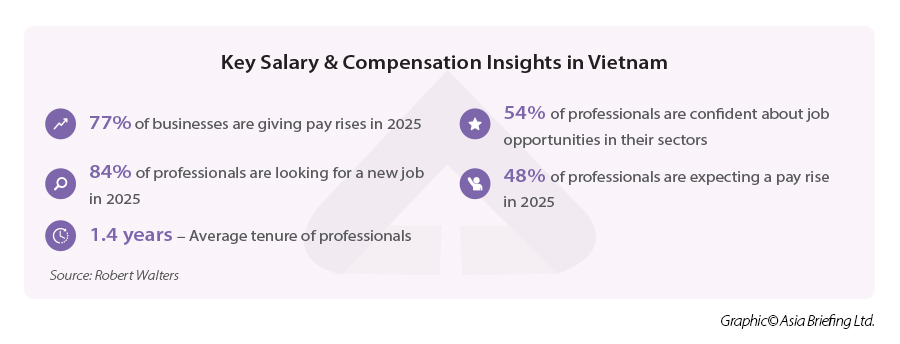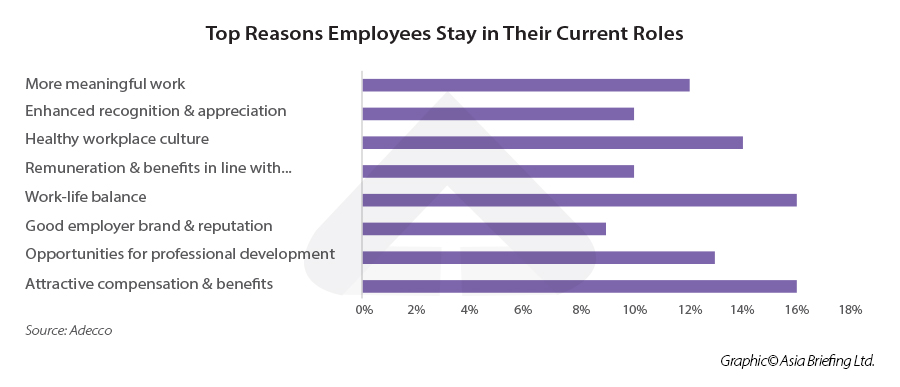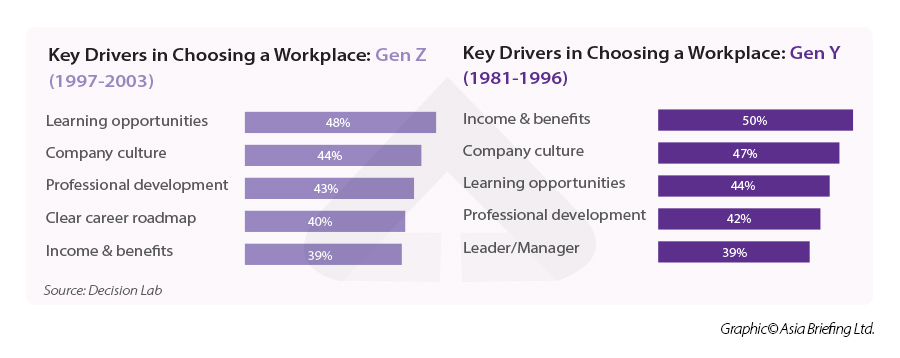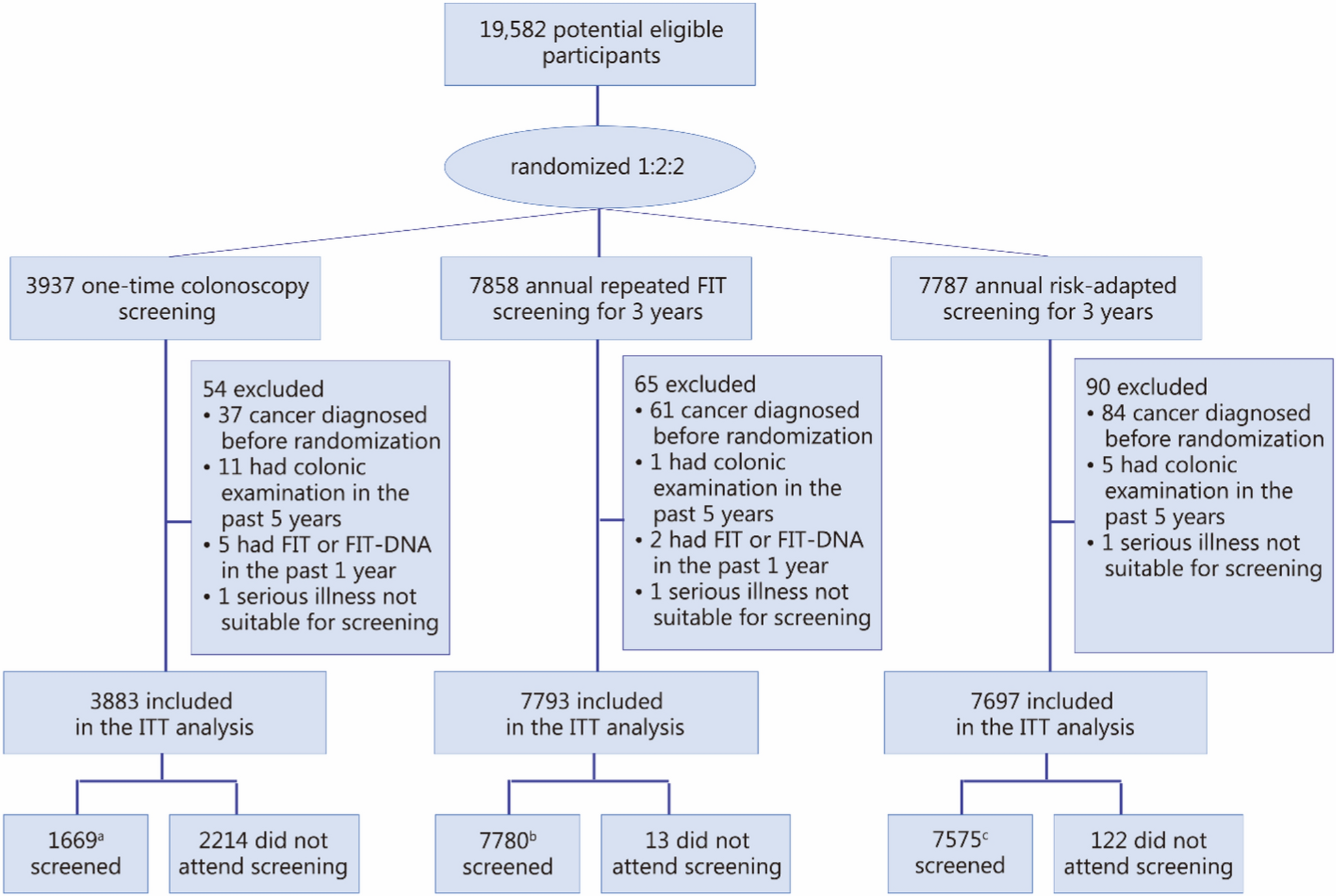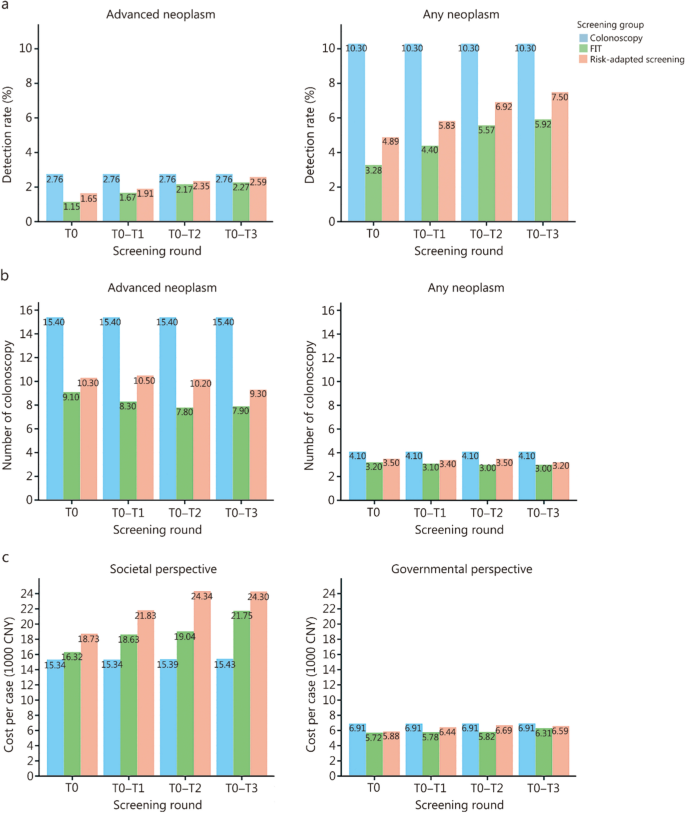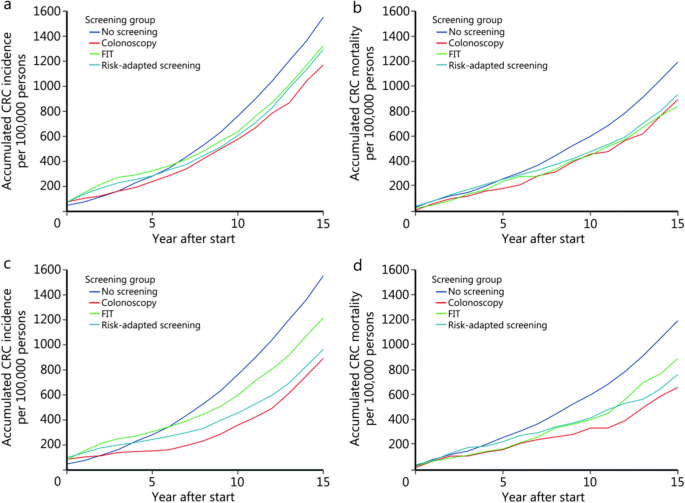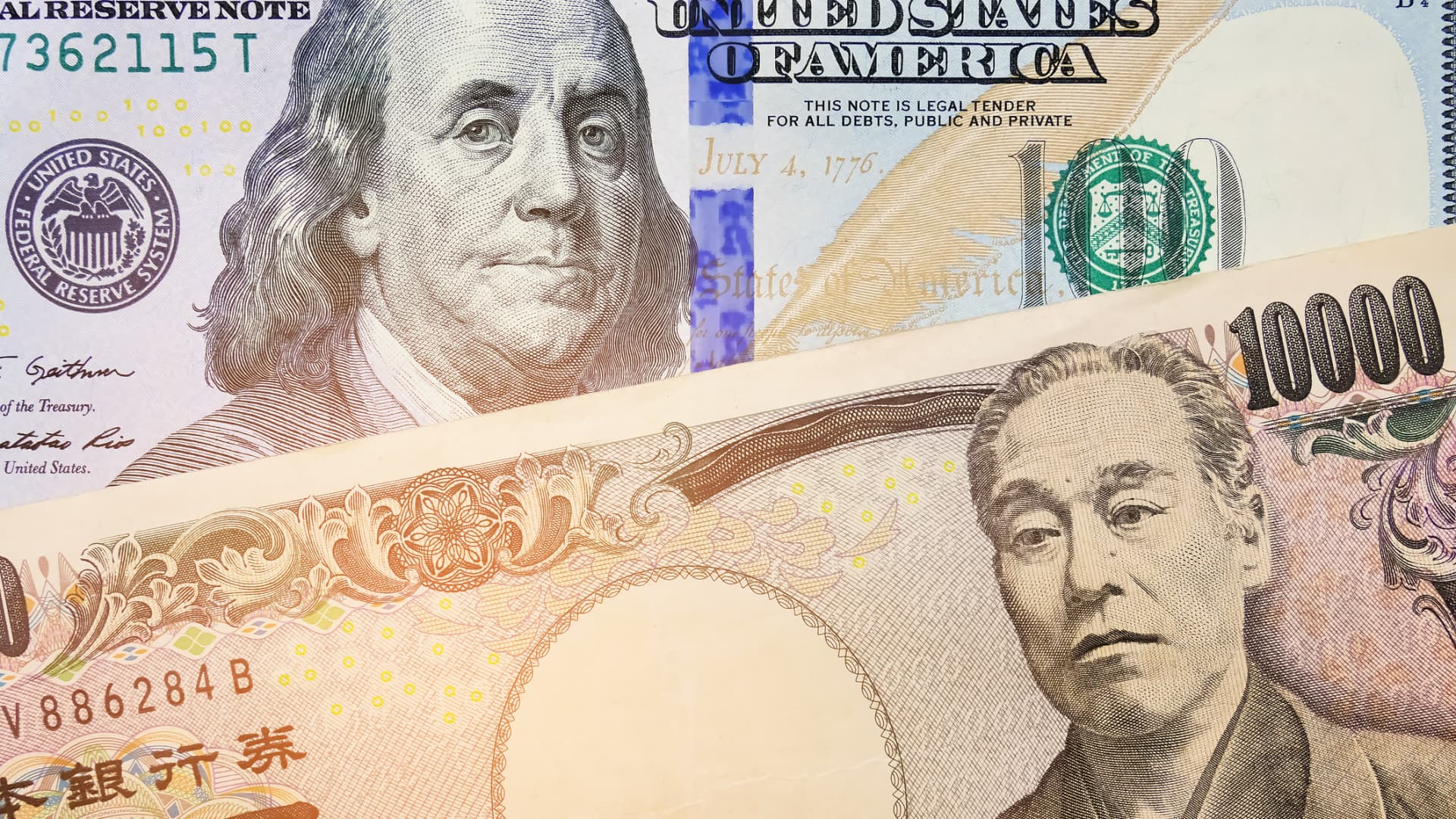Closing arguments in the U.S. Justice Department’s versus Google’s ad tech case were heard on Friday (Nov. 21), marking the end of a two-year legal saga, and the start of an even more consequential one for the open web economy.
Judge Leonie Brinkema has already ruled that Google illegally monopolized publisher ad servers and ad exchanges. What she decides next will determine whether the company keeps its core infrastructure for monetizing the open web, i.e., its ad server DoubleClick For Publishers and ad exchange AdX, or is forced to give them up.
Optimists see a bright new dawn on the horizon, although pessimists some will point to recent similar cases, and proclaim, “What’s the point?” especially in an era of AI – ironically, the latter point is kind of a pillar of the Google defense argument.
DOJ’s ask: structural separation, not tweaks
In the remedies phase, the DOJ argued that only a structural remedy can fix what the court already found was an illegal tying scheme between DFP and AdX. During the remedies phase of the trial, the government’s preferred option is a divestiture of AdX — and potentially DFP as well — along with requirements to open source Google’s auction logic and hard bans on self-preferencing.
The DOJ argued that 46% of indirect open web display spend flows through Google Ads and another 21% via its demand-side platform DV360; in 60% of AdX auctions examined, Google’s tools were the only bidders, underscoring how effectively Google sealed off demand for itself.
Google’s ask: narrow, reversible changes
Google is pushing for a much narrower intervention. The company has repeatedly emphasized that Brinkema did not find its buy-side tools to be monopolies and that there was no unlawful acquisition — arguments the company used to claim the DOJ is overreaching.
Google’s preferred remedy package consists of contractual and interoperability commitments: deeper technical integrations between DFP and rival ad servers, more flexibility for publishers to route impressions to competing exchanges, and vows not to repeat the conduct found unlawful.
In court, Google pulling out a single strand of its ad stack (like AdX) would do more harm than good by destabilizing the global advertising markets — a thought not lost on some publishers. But documents surfaced during the trial undercut that narrative. Internally, Google had already explored divesting parts of the business through Project “Sunday” and Project “Monday.”
Trial highlights
During the courtroom proceedings, publishers and rival exchanges mostly aligned with the DOJ. Executives from Advance Local, News Corp, Index Exchange, and PubMatic testified that a breakup could actually be less disruptive than a laundry list of behavioral conditions that would need years of monitoring. They pointed to recurring quirks in the Google system and its overall opacity as symptoms of an unfixable incentive structure — not just bad engineering.
However, some on the stand warned that a rushed breakup could create real operational stresses. Brinkema has repeatedly probed this issue, asking witnesses about transition timelines, engineering burdens, and costs.
What now?
Closing arguments wrapped on Friday, and if the liability ruling is any guide, some expected that decision to drop by the close of 2024, only to wait until April for an answer — a remedies decision is not coming quickly. Most observers told Digiday that mid-2026 is a more realistic window for a final remedies order — followed immediately by years of appeals.
The European dimension
Concurrently, there are equally significant European developments of a similar nature. Recently, the European Commission imposed a €2.95 billion ($3.4 billion) antitrust fine for Google’s self-preferencing in ad tech — a historic penalty that explicitly calls out conflicts of interest across its stack.
The EU’s executive branch has warned that if Google’s proposed commitments fall short, it is prepared to pursue structural separation. Meanwhile, Google’s response to this ruling rings similar to the arguments it’s making in Judge Brinkema’s Virginia courtroom, i.e., it disagrees with the findings, intends to appeal, and claims its proposed changes address the Commission’s concerns without a disruptive break-up.
One slight point of differentiation worth noting is that officials in Brussels have already articulated, in far sharper terms than the DOJ, that structural separation is its likely endgame.
The bottom line
The U.S. and European tracks appear to be unfolding similarly, with government officials in both jurisdictions targeting the same conflicts of interest, arguing that Google’s vertical integration is unresolvable through behavioral remedies. The decision currently facing Judge Brinkema makes her, for the next few months at least, arguably the most influential person in ad tech.


